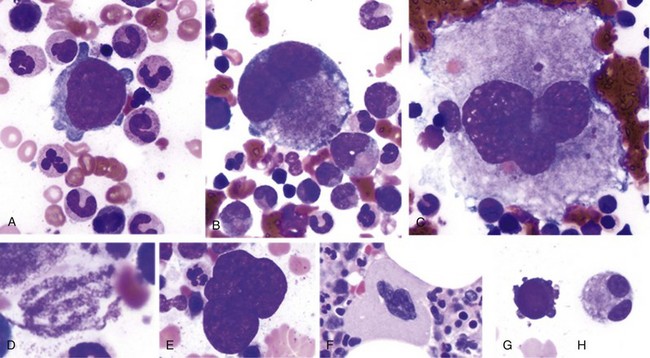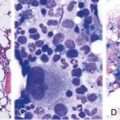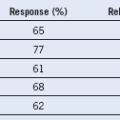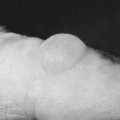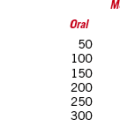Chapter 2 Thrombocytopoiesis
Inherited Causes of Thrombocytopenia
Although the most common cause of thrombocytopenia is immune thrombocytopenic purpura (ITP), it is important to maintain a high index of clinical suspicion for inherited disorders of thrombocytopoiesis. This is a particular problem because ITP is essentially a diagnosis of exclusion, and many inherited disorders mimic the macrothrombocytopenia seen in ITP. Making the correct diagnosis early is paramount, since it may spare patients unnecessary treatment with corticosteroids, other immunosuppressants, and/or splenectomy. In addition, it may be important in guiding decisions about surveillance for myelodysplasia or leukemia, screening for additional associated clinical problems, and/or possible family planning. Obtaining a careful family history, and sometimes obtaining blood counts on first-degree relatives, is important in fully evaluating patients with chronic thrombocytopenia. Associated abnormalities may provide important clues to the presence of a nonimmune familial thrombocytopenia. For instance, associated erythroid abnormalities and/or an X-linked inheritance pattern (GATA1 mutations) (obligate female carriers may have dimorphic populations of platelets); leukocyte Döhle bodies, +/− nephritis and sensineural hearing loss (Myh9 mutations); family history of myelodysplasia or myeloid leukemia (RUNX1 mutations); developmental delay, congenital cardiac anomalies, hand/face dysmorphogenesis (Paris-Trousseau/Jacobsen syndrome; Fli-1 [ETS-1] mutations); bleeding diathesis out of proportion to degree of thrombocytopenia (Bernard-Soulier syndrome). Mutations in the 5-UTR of the ANKRD26 gene have been described in a large number of families with autosomal dominant macrothrombocytopenia. A superb review of inherited thrombocytopenias and an excellent diagnostic algorithm has been provided by Savoia and colleagues.1

